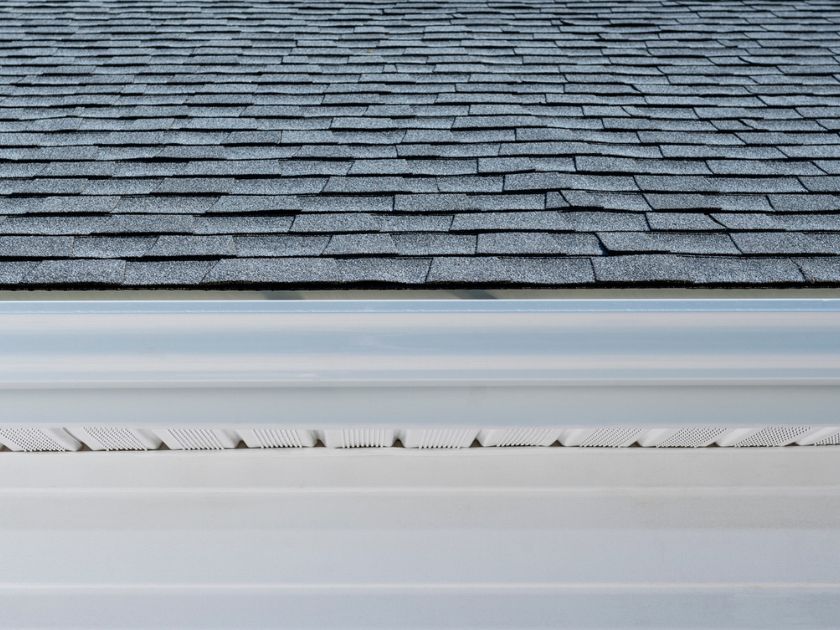Gutters channel rainwater away from your home’s foundation, walls and landscaping. They help preserve the integrity of your house. Keep in mind that gutters are not created equal. You need a system appropriately sized for your humble abode to ensure sufficient drainage and water damage protection.

Read on to learn how to determine if your gutters are the correct for your home.
Why Does Gutter Size Matter?

The primary function of gutters is to collect and redirect rainwater away from your property. If too small, various parts of your home could develop water damage, including the roof, siding, foundation and landscaping. On the other hand, oversized gutters may harm your property’s curb appeal and cost you more.

It isn’t enough that your seamless gutters are the right size. Your downspouts should also be appropriately sized and placed. They must be capable of handling the volume of water the gutter collects. As a general rule, there should be one downspout for every 30 to 40 feet of gutter.
How to Determine the Ideal Gutter Size for Your Home

Calculate the Roof Area
Begin by calculating the total square footage of your roof’s drainage area. This step involves measuring the length and width of each roof slope that drains into the gutter and multiplying those figures to get square footage. You can seek assistance from professionals to ensure accurate measurements.
Consider the Roof Pitch
Your roof’s steepness or pitch can affect how quickly water is channeled to your gutters. The steeper your roof is, the larger gutters you’ll need for efficient water drainage.

Know the Maximum Rainfall Intensity
Does it rain a lot where you live? Knowing the maximum rainfall intensity in your area can help you determine which type and size of gutters are ideal for your home. You can usually get this information from the National Weather Service.
When to Consider Upsizing

Usually, 5-inch and 6-inch gutters are sufficient for most residential properties. However, you might benefit from 7 or 8-inch gutters if your house has an expansive or steeply pitched roofing system. It’s the same for homes in places experiencing high volumes of rain or with unique architectural features.





